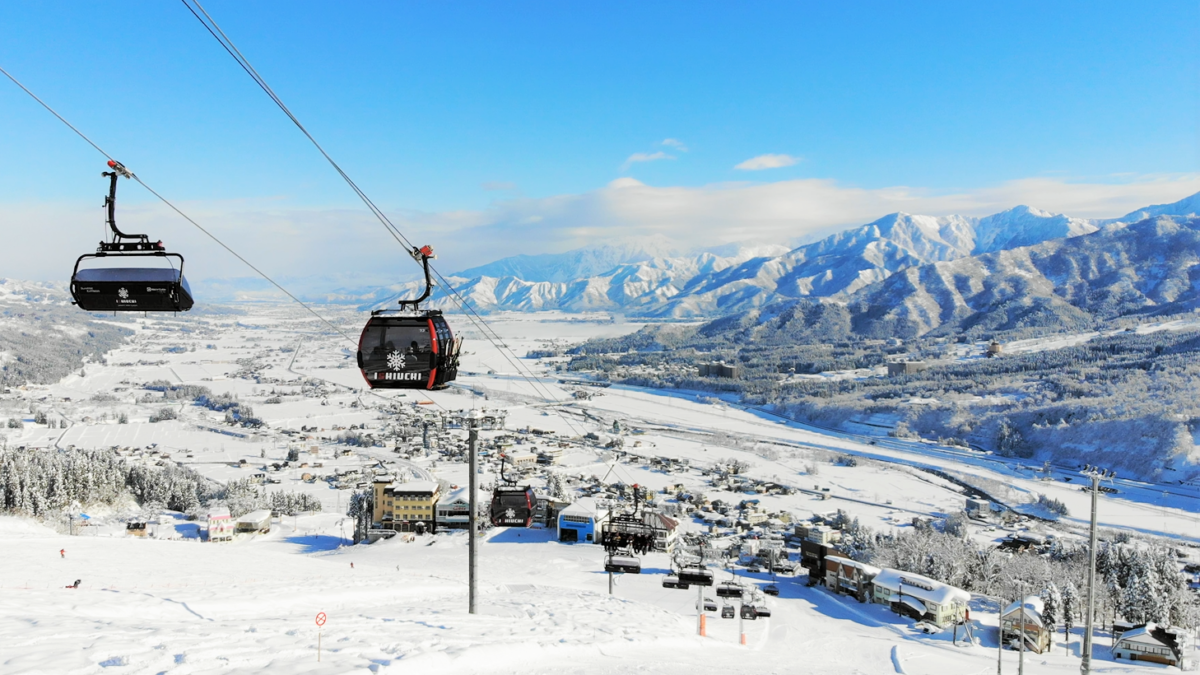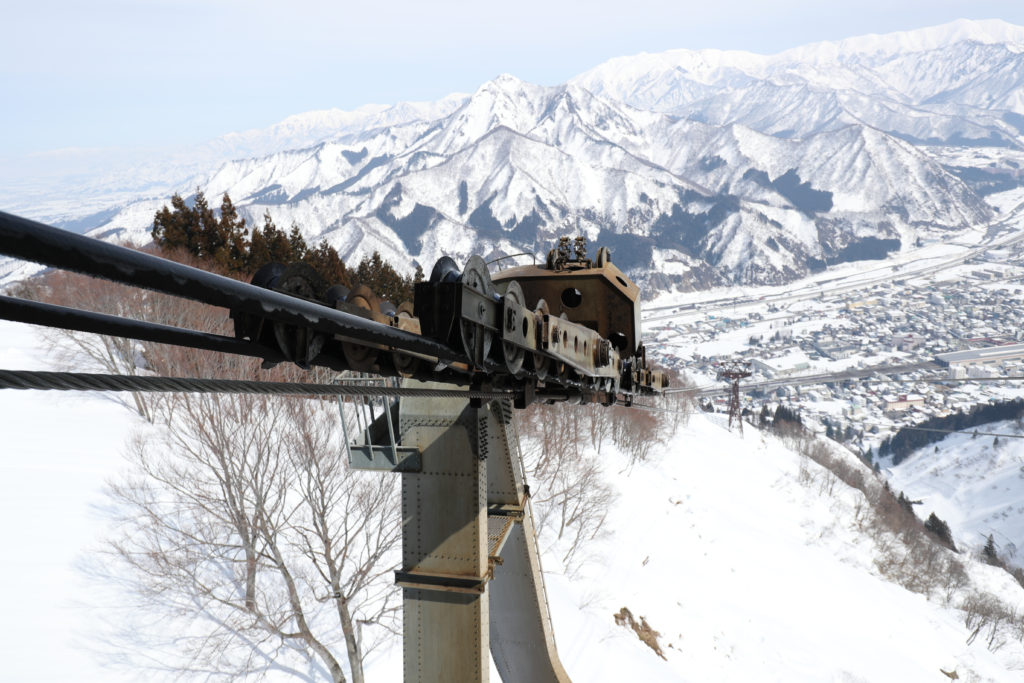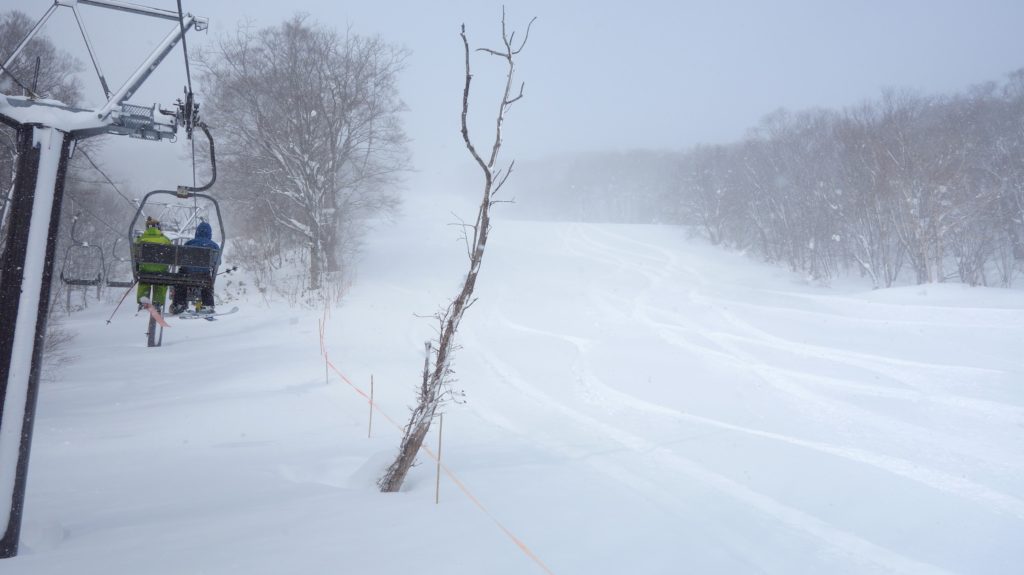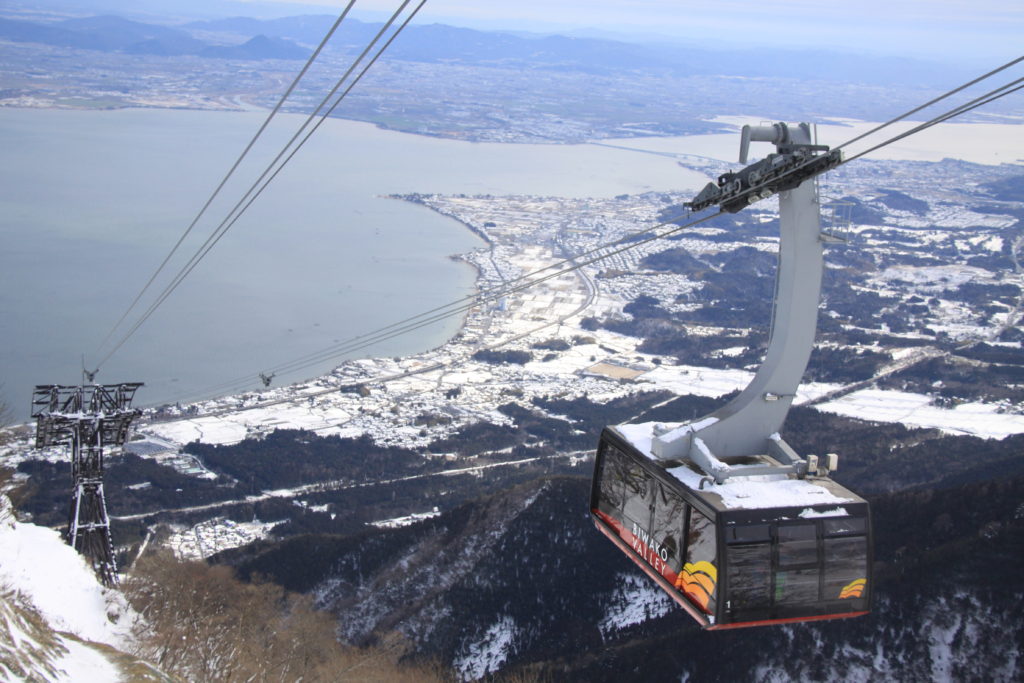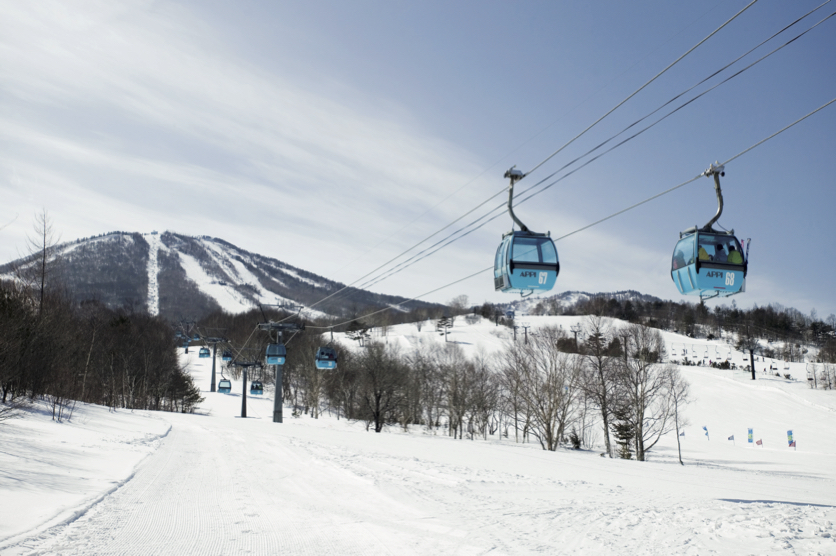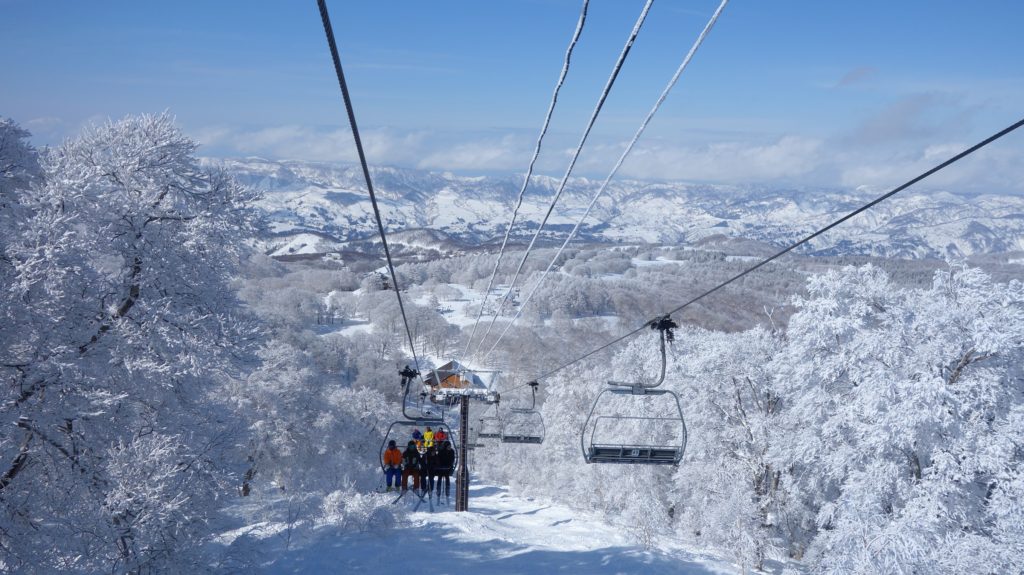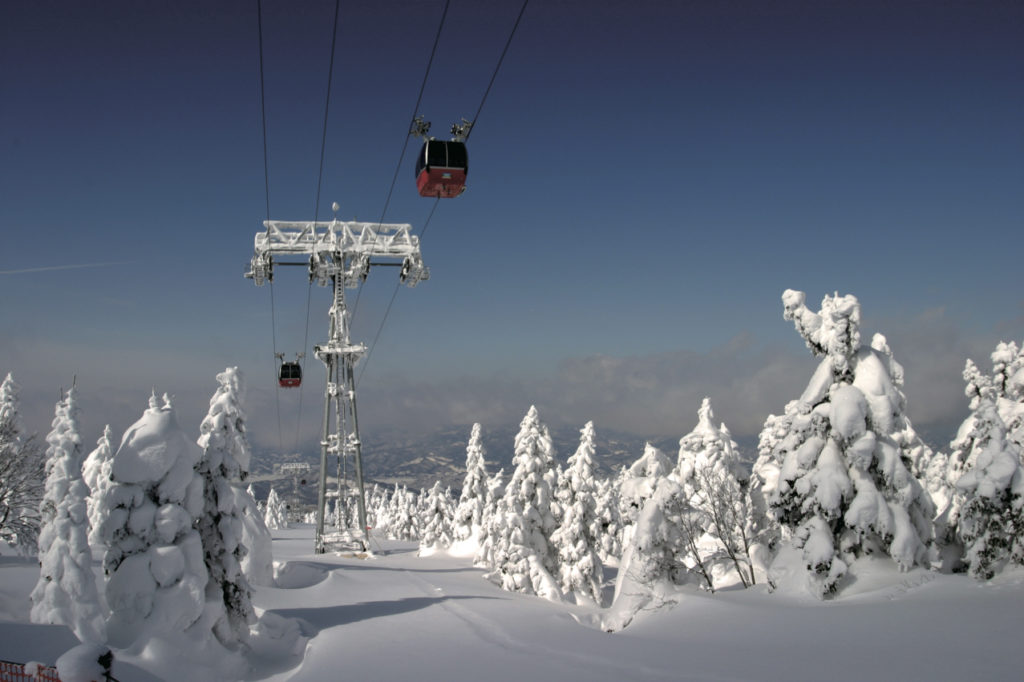This series explains various aspects of Japan's ski resorts from various perspectives in order to get to know them in more detail. This time, the first part of "Cableway" that everyone is indebted to if they are skiers and snowboarders.
By the way, what is "saku" in "cableway"?
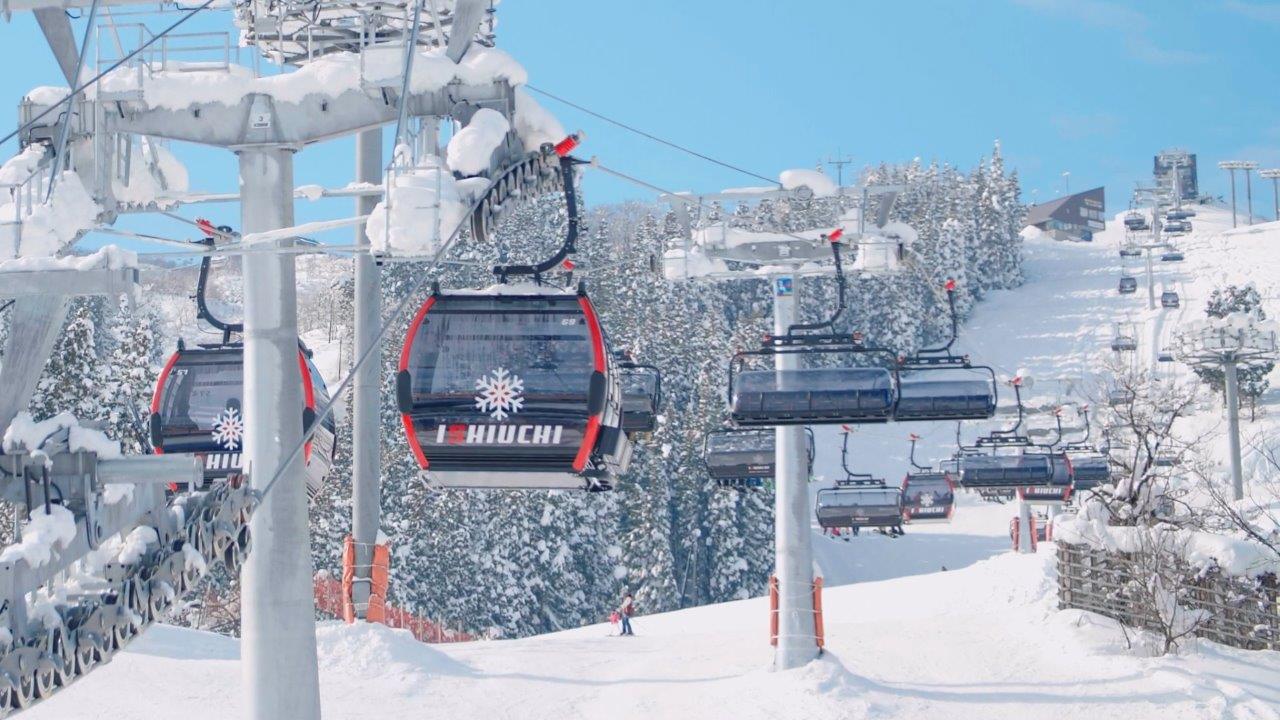
Chairlifts (so-called lifts), gondolas, and ropeways are collectively called 'cableway'.
What is the “saku” of a cableway that we don’t often see on a daily basis? This is wire rope. If a "railroad" is a means of transportation that runs on iron tracks, a cableway is a means of transportation that moves a carrier suspended from a "cable" in the air. By the way, the so-called cable car is a structure that is pulled by ropes, but it runs on the railroad track, so it is treated as a railway.
Japan's first passenger cableway was built in 1912 (Meiji 45) between the first Tsutenkaku Tower in Shinsekai, Osaka, and an amusement park called "Luna Park" across from it. However, it was as simple as an open passenger car, like an amusement park ride, going back and forth.

The first example of a ski resort in Japan was in 1946 under the occupation of GHQ. It was built on Mt. Moiwa in Sapporo and then on Maruike in Shiga Kogen, but both were dedicated to the occupying forces.
In 1948, Kusatsu Kokusai became the first ski lift to be operated by a private company. After that, lifts were built one after another in Akakura, Nozawa, and Zao. Since then, ropeways and gondolas have appeared one after another at ski resorts, and cableways have become an indispensable part of skiing.
By the way, which manufacturer builds and maintains the cableway? Because of the extremely high degree of specialization, the manufacturers seem to be a minority and elite. "Nippon Cable", which holds the top share, has a strong presence, followed by "Anzen Cableway", a long-established company established in the Taisho period. There are several other companies.
Categorization of "cableway" which is not simple at all
There are three main ways to classify cableways technically. Somewhat confusingly, there are not all three types. There are three ways to classify, and they are further divided from there.
First, the method of supporting the carrier, the difference in the method of towing, the type of running method, and whether to carry people with a box-shaped carrier or use an open carrier.
From here on, let's explain the details for each of the three categories.
(1) Classification by support/traction method
▶Single wire Support and pull with one rope
It has a different meaning from the "single track" of railways. Chairlifts and gondolas are mainly for this. A single rope serves both the role of supporting the carrier and the role of pulling it, and it circulates. This rope is called a "support rope". It does not matter whether it is a fixed circulation system or an automatic circulation system, which will be described later.
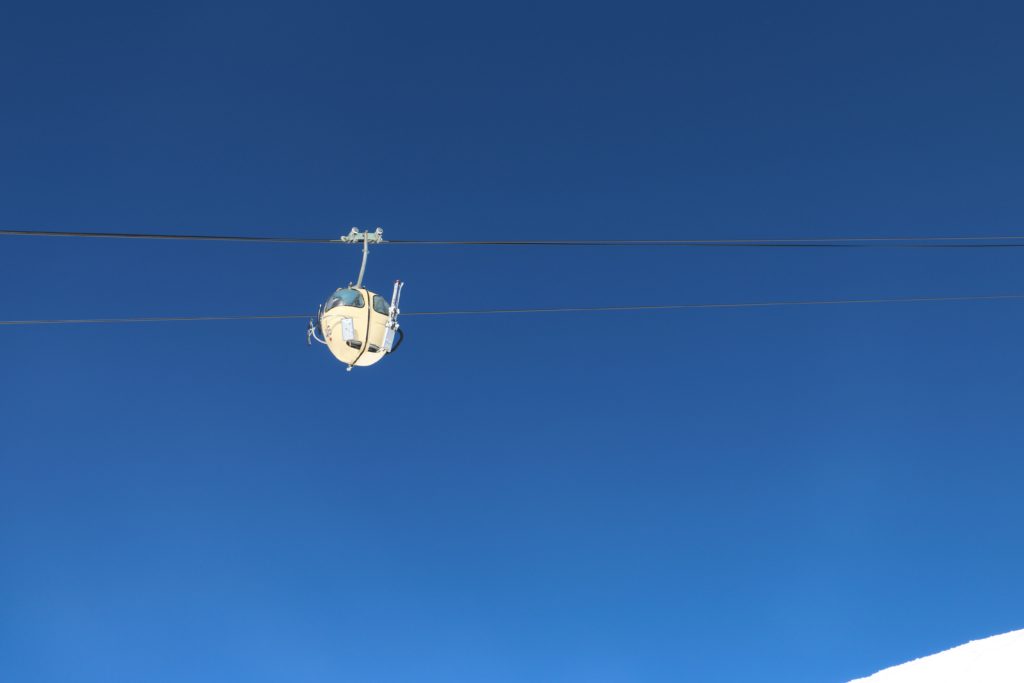
▶Double track Use multiple ropes with different roles
Multiple ropes are used: a “support rope” to support the carrier and a “tug rope” to pull it. As shown in the photo, the wheels run on the support line. This type of ropeway is the heaviest in weight, almost never seen on chair lifts, and rarely seen on gondolas.
▶Double-single line The latest model, which is still rare
There are multiple ropes on the left and right sides of the carrier, but they are all ropes (support ropes) that serve both the role of supporting and pulling. Having more than one makes it stable and strong against crosswinds. Among them, the one whose two ropes are wider than the carrier is called "Funitel".
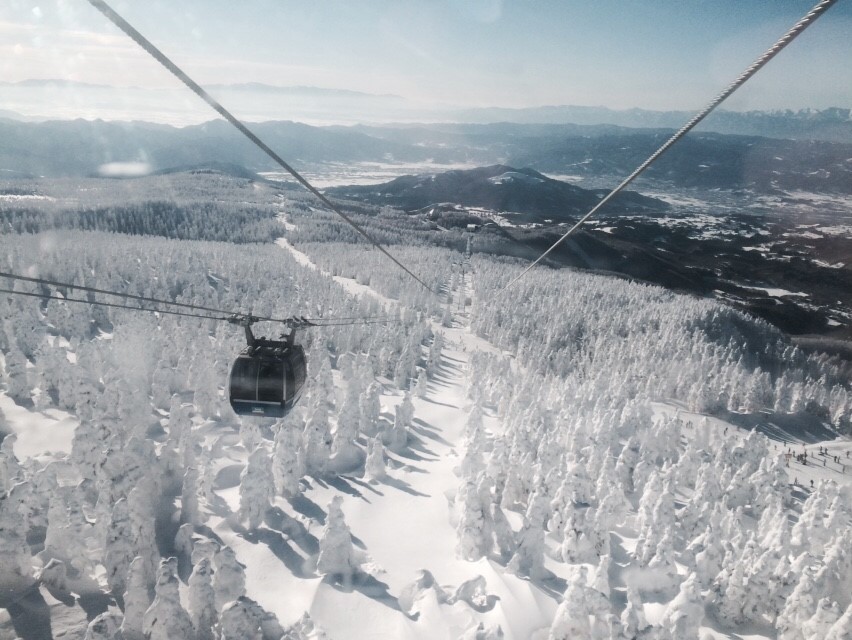
② Classification by driving method
▶Fixed circulating type Carriage and rope are fixed
Literally, a type in which the carrier is fixed to the rope and circulates. Mainly used in chairlifts. Since they are fixed, basically all carriers move at the same speed. Since the structure is simple, maintenance is the easiest. However, although it is a small number, there is also a type called "Pulse Gondola (* currently under construction at Shiga Kogen )" that can be periodically slowed down or stopped.
▶Automatic circulation type A method that enables high speed
A type in which the carriage is fixed to the rope while traveling between stations, but is automatically separated from the rope at the station and circulates in another lane. By disconnecting, it is possible to slow down when getting on and off, while speeding up when driving. That means it's easier to get in and out of, and faster.
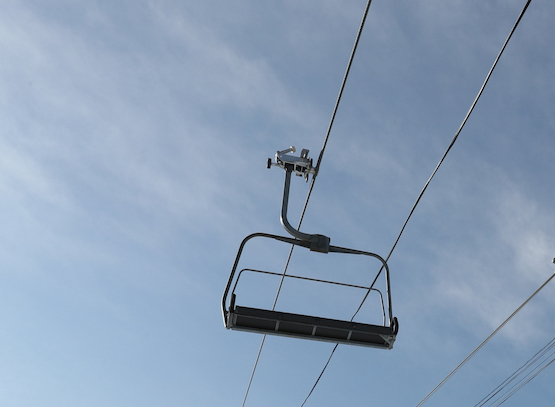
▶Intersecting type Two carriages intersect
The so-called "Tsurube-shiki". As one carriage rises, the other descends and passes at the halfway point. This system is mainly used for ropeways. Although it is not used in gondolas and chairlifts due to efficiency reasons, there are crossing gondolas in this world.
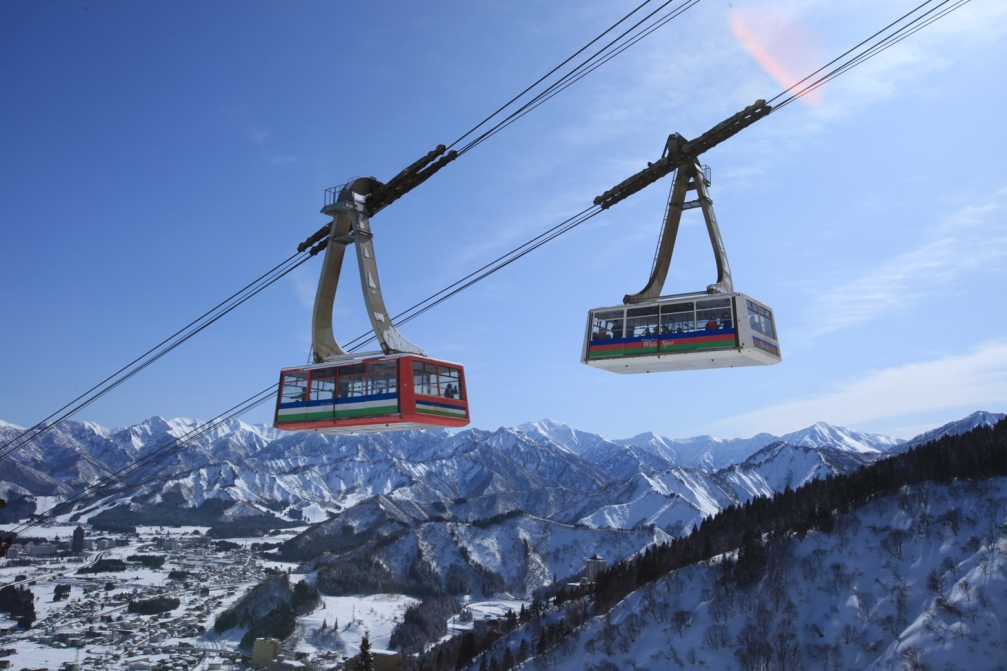
▶ Sliding type Move by sliding on your own board
A skier or snowboarder straddles a carrier or touches the buttocks, and moves with the board in contact with the snow. However, in Japan, it is quite a minority.
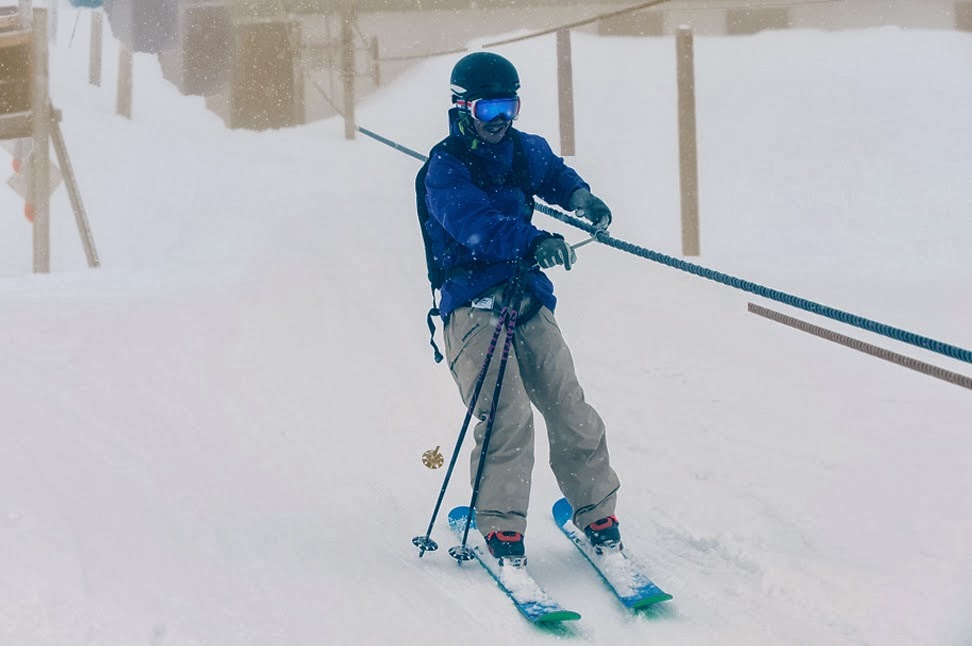
(3) Classification by carrier
▶Special cableway Carries in seats open to the outside
Chairlifts, T-bar lifts, and J-bar lifts using chair-shaped carriers are examples of this. Hooded lifts where the carriage is covered but not closed are also in this category. The T-bar and J-bar are also called "Shrep lifts".
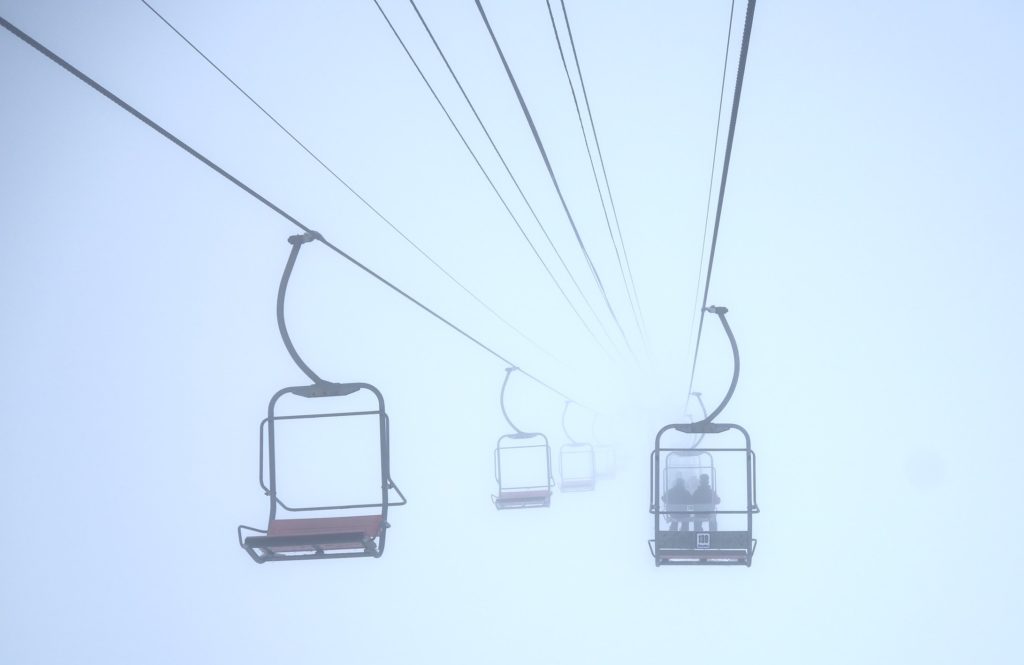
▶Ordinary Cableway Transported by a box-shaped carrier
A cableway with a box-shaped carrier that can be opened and closed with a door. In most cases, circulation-type vehicles with medium-sized carriers are called "gondolas," and intersecting-type vehicles with medium-to-large-size carriers are called "ropeways." However, there are facilities that call the former a ropeway, such as Marunuma Kogen.
This type is mainly found in Japanese ski resorts.
Cableway conditions vary from country to country. For example, T-bars and J-bars, which are rare in Japan, are not uncommon in Europe and the United States. Therefore, there are types of cableways that are found in overseas ski resorts but not in Japan. At the end of the first part, let me introduce what types of cableways are actually in operation in Japan. All of them are a combination of 1, 2, and 3 mentioned above, so if you read them while looking back, your understanding will deepen.
●Single line fixed circulation chair lift
This type has the simplest structure. This is one of the most common chairlifts and the most numerous in Japan. The fixed circulation system cannot be speeded up, so it is not suitable for long distances. Those with names such as "◎◎ high-speed lift" do not correspond to this.
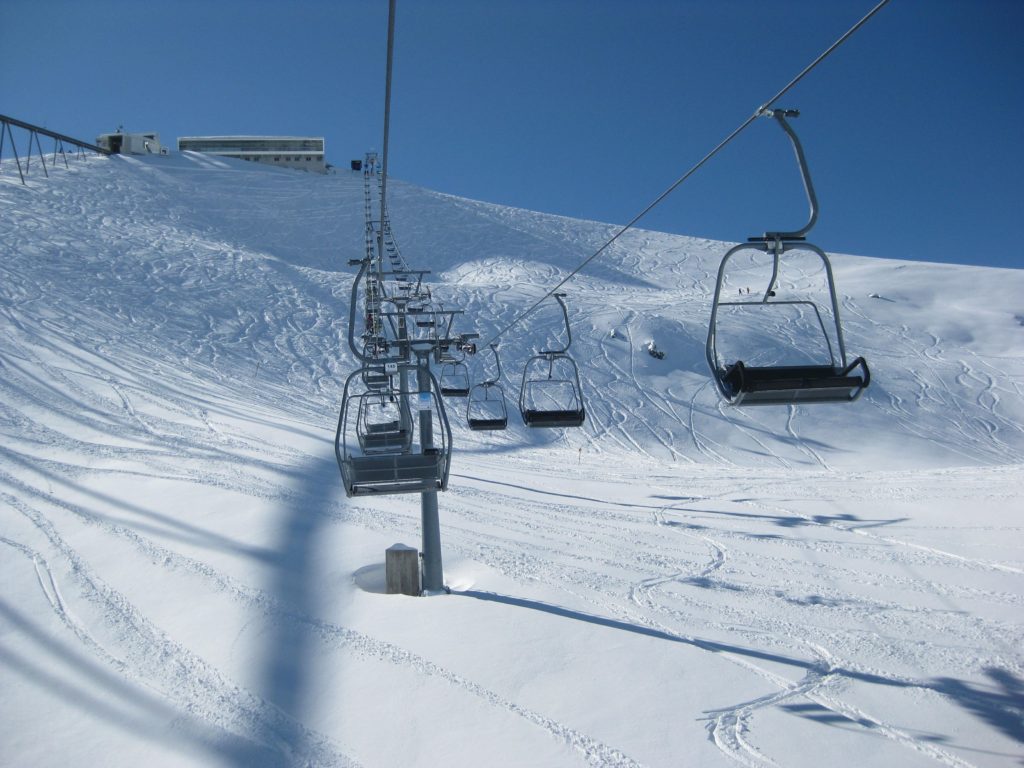
●Single line automatic circulation chair lift
A single track is the principle of a chairlift. And this type can be operated at high speed by being able to decelerate when getting on and off. Therefore, there are many lifts that stretch from the base to the middle of the mountain and lifts that span the main course. In some cases, hooded carriers are introduced.
-Single track special cableway
Most cableways are also installed in tourist spots and amusement parks other than ski resorts, but only this one is 99.99% limited to ski resorts (including grass ski resorts). As the name suggests, the T-bar lift and J-bar lift are of this type, in which passengers advance while sliding.
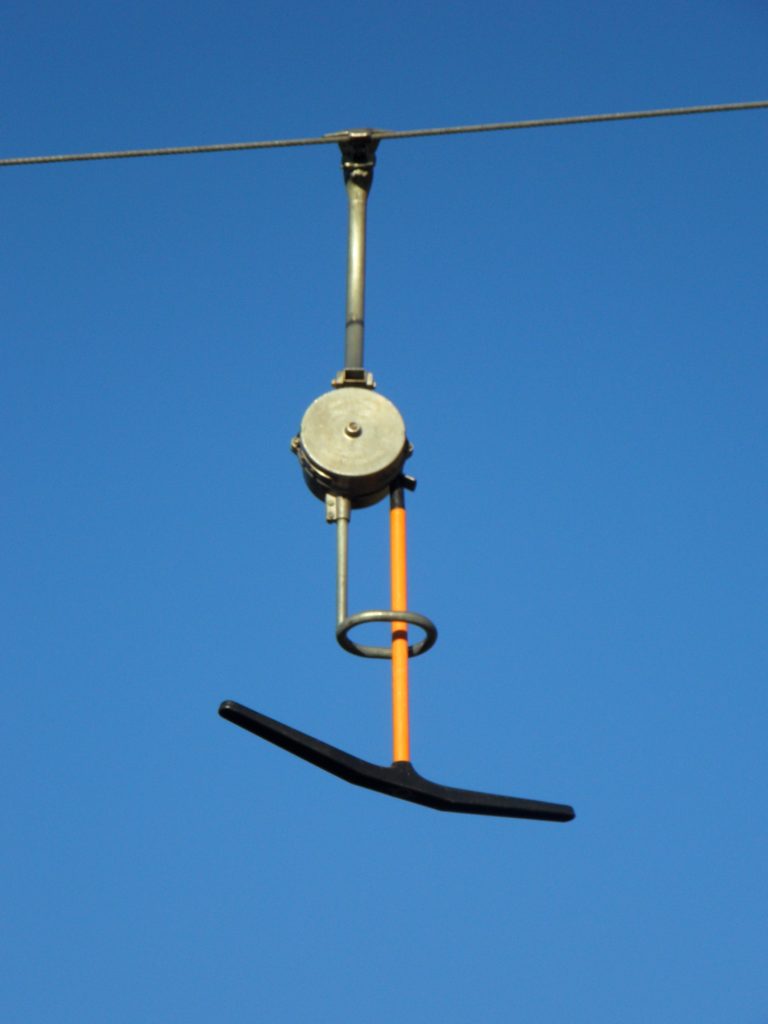
●Single line automatic circulation type gondola
Most of the gondolas in Japan's ski resorts are single tracks. And since many people board and it takes time to get on and off, the automatic circulation system is suitable. In addition, in Niseko Village and Ishiuchi Maruyama, there is a "combi lift" where the single-line automatic circulation gondola and chair lift carriage share one rope.
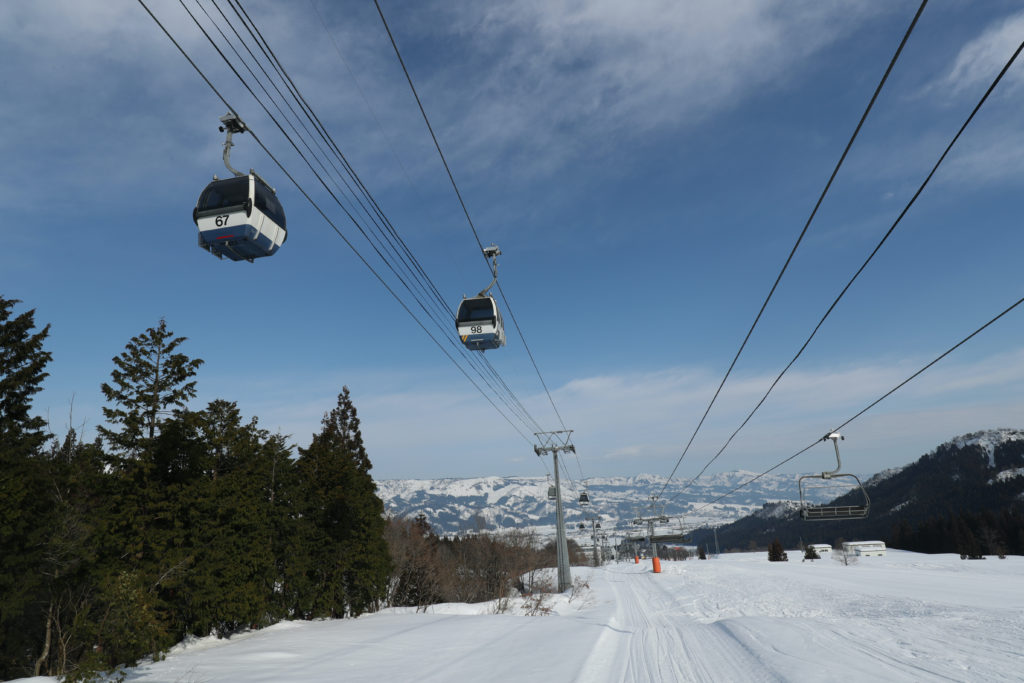
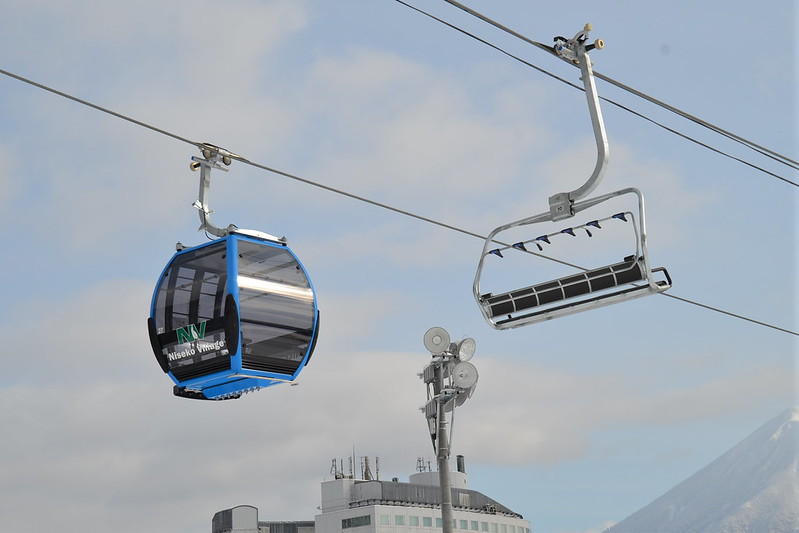
-Double-single line automatic circulation type ordinary cableway (automatic circulation type Funitel)
It is a miso that there are multiple ropes and automatic circulation. Zao Onsen was the first ski resort in Japan to introduce it in 2003. After that, it was also installed at Tanigawadake Tenjindaira. It seems to be in the category of gondola because it is a circulation type, but both places in Japan are called "ropeway".
-Double track ropeway
It is physically difficult for a ropeway with a heavy and large carrier to be a single track or a style that circulates one after another. Therefore, currently, it is common to have a double track and a crossing system. That is why the ropeway runs about once every 20 to 30 minutes on average.
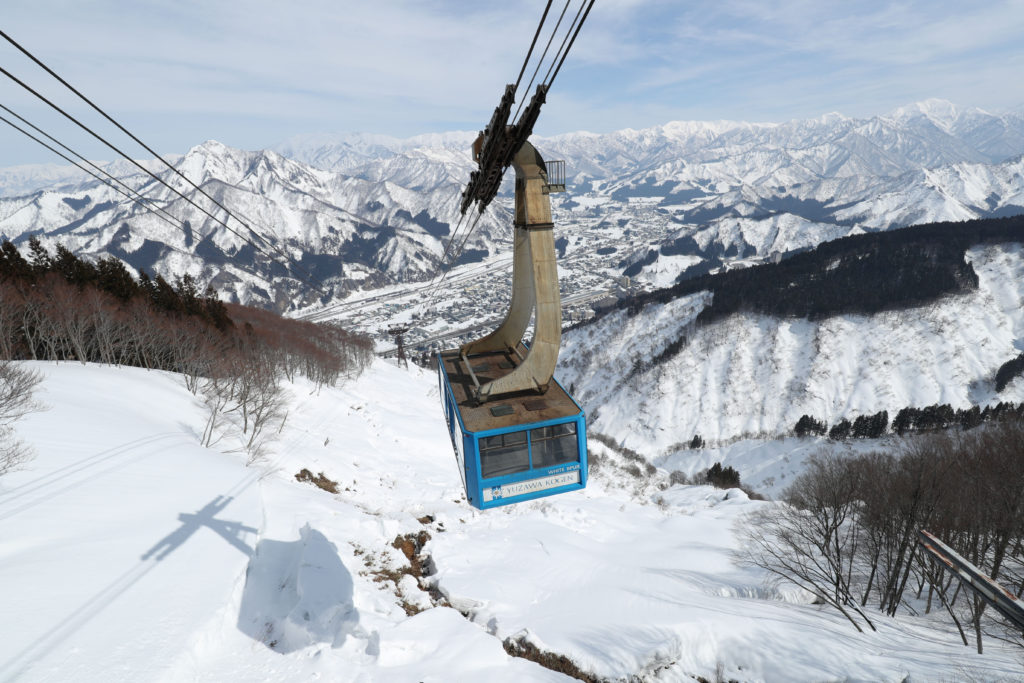
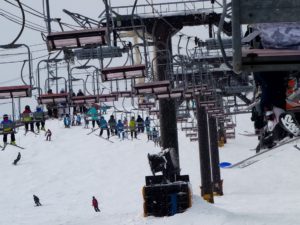
[Profile] Daisuke Mizorogi
Has been involved in skiing for over 20 years as a member of the BRAVOSKI editorial staff.
He has been covering moguls since the 1990s and has extensive experience in the field of ski resort guides. On the other hand, he has created many unconventional projects that are not found in existing ski magazines, combining subculture and skiing. Currently, while bearing the title of "Showa culture researcher", he writes and edits in various genres other than skiing. He stands in the most indoor position in the outdoor world and the most outdoor position in the indoor world. d-mizorogi.com
Text/Daisuke Mizorogi
Editing/STEEP Editorial Department Edit/STEEP
Source: Re-edited from 2018 BRAVOSKI vol.2

